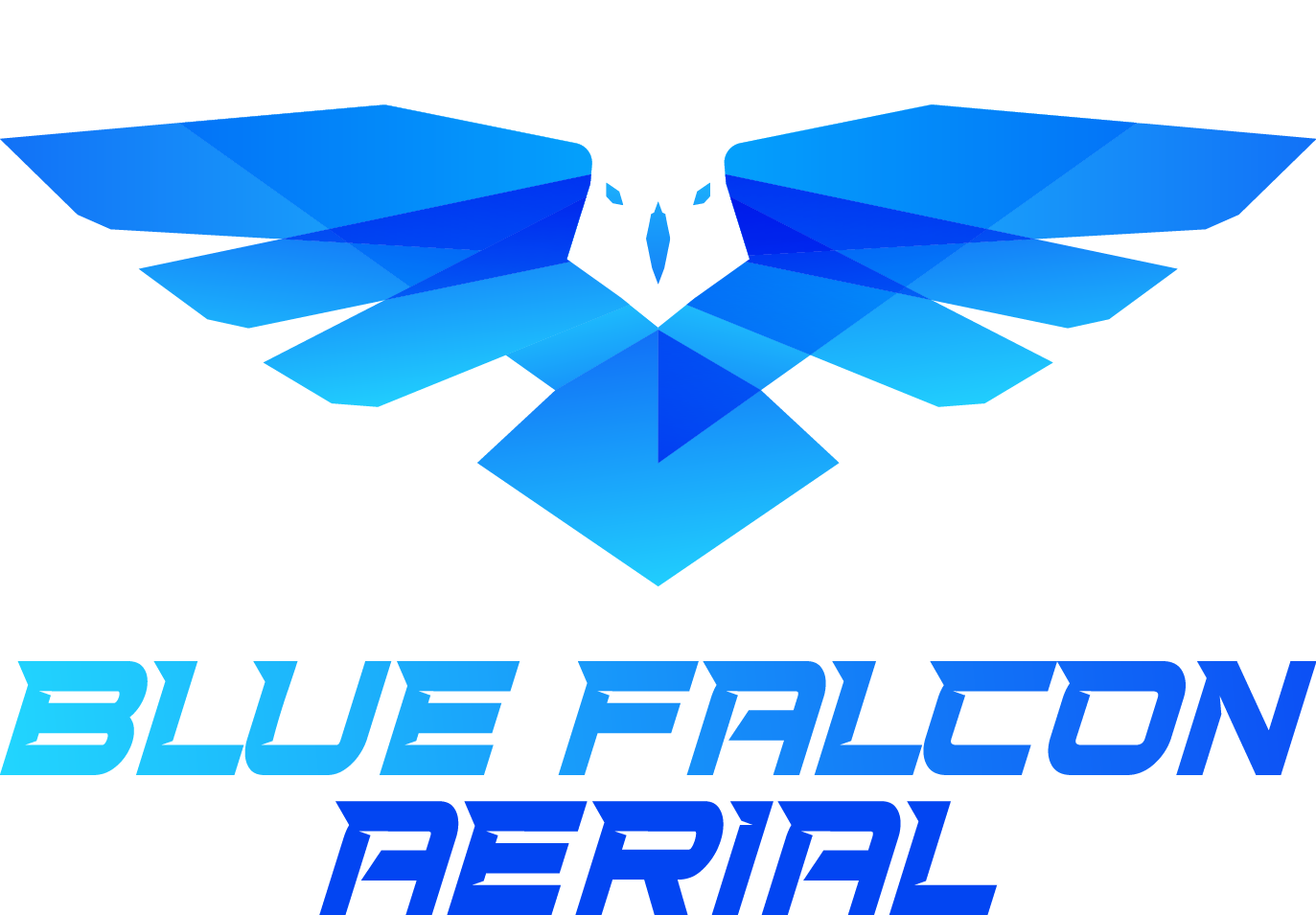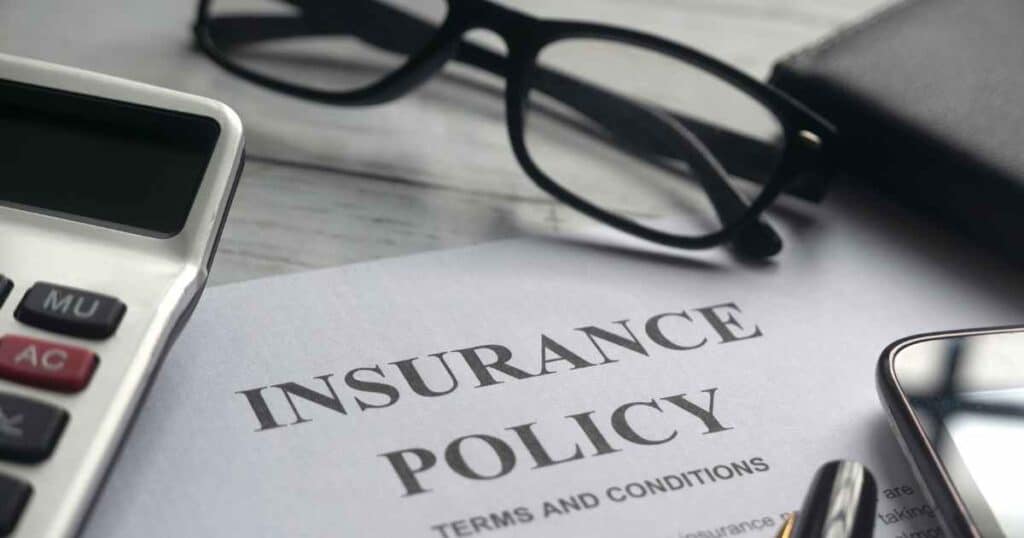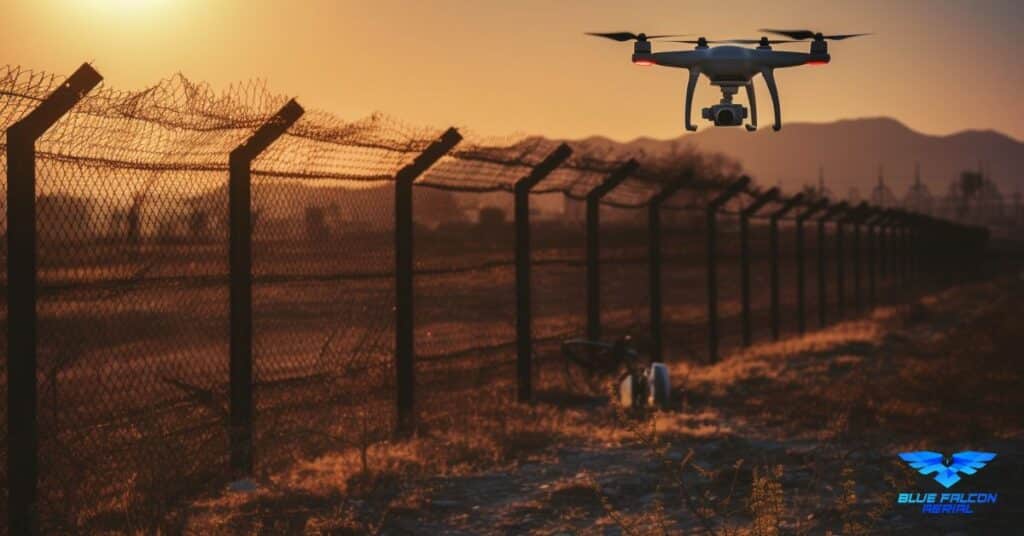For drone business owners, the sky is not just a canvas of opportunity but a realm of risks and liabilities. How to Choose Drone Insurance is not just a question, it’s a critical decision that can make or break your enterprise. This article aims to guide you through the complexities of selecting the best insurance for your drone business, ensuring that you are well-informed and equipped to make the best choice.
Key Takeaways
- Understanding Drone Insurance: Drone insurance covers risks associated with commercial drone operations, including damage and liability, essential for legal compliance and financial protection.
- Types of Drone Insurance: There are various types of coverage, such as Liability, Hull, Payload, Ground Equipment, and Non-owned Drone Insurance, each addressing specific operational risks.
- Factors to Consider When Choosing Drone Insurance: Coverage limits, policy inclusions/exclusions, price, insurance provider reputation, and specific needs of your drone operations are crucial factors.
- Steps to Choosing the Right Insurance: Assess your business needs, compare insurance providers, understand policy terms, and seek professional advice to find the best policy for your drone business.
- Common Pitfalls to Avoid: Be wary of over-insuring or under-insuring, ignoring policy exclusions, and choosing insurance based solely on price.
- Case Studies and Testimonials: Real-world examples and testimonials emphasize the importance of having appropriate drone insurance and the consequences of inadequate coverage.
- Comparative Analysis of Insurance Providers: A detailed comparison of leading drone insurance companies like Skywatch.ai, BWI Aviation, and others, highlighting their unique offerings and coverage options.
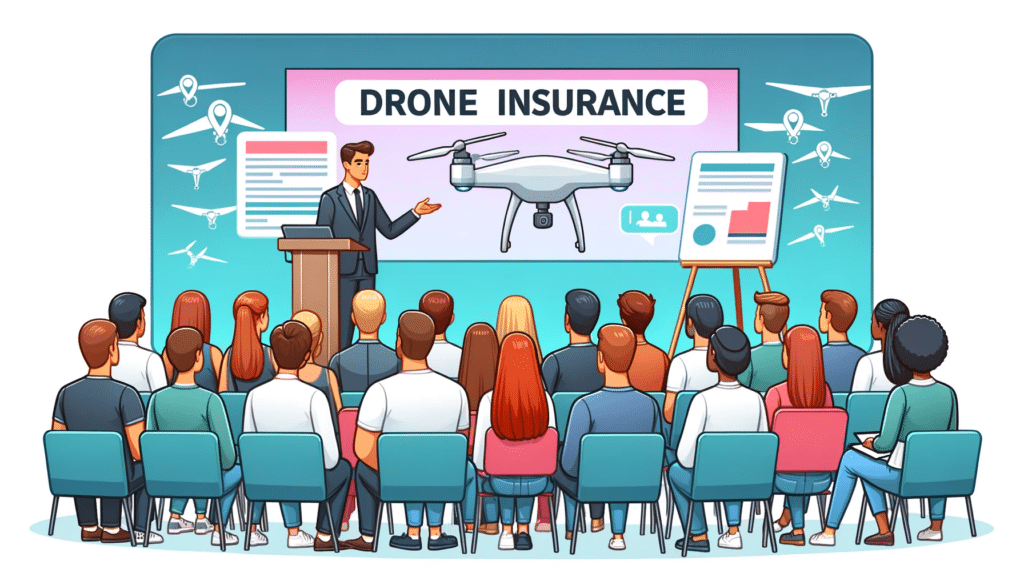
Understanding Drone Insurance
The concept of drone insurance might seem straightforward, but it encompasses a variety of aspects that are essential for drone business owners to understand. Drone insurance serves as a safety net, protecting your business from the financial implications of accidents, damage, or liabilities.
What is Drone Insurance?
Drone insurance is a specialized type of insurance designed to cover risks associated with operating drones for commercial purposes. It’s not just a legal requirement in many regions but also a practical necessity to safeguard your business investments.
Why is Drone Insurance Necessary?
- Legal Compliance: Many countries mandate drone insurance for commercial operations, ensuring that businesses can cover costs associated with damage or injuries caused by their drones.
- Financial Protection: Accidents involving drones can lead to significant financial losses. Insurance helps mitigate these costs.
- Client Assurance: Having insurance increases client trust, showing that you’re a responsible and professional operator.
- Risk Management: It’s a tool for managing risks that come with drone operations, especially in challenging environments.
Types of Drone Insurance
Understanding the different types of insurance available is crucial for choosing the right coverage for your drone business. Each type caters to specific aspects of drone operations.
Liability Insurance
This is the most common and often required type of drone insurance. It covers damages or injuries to third parties caused by your drone.
Hull Insurance
Hull insurance covers physical damage to your drone itself. Whether it’s due to an accident or other unforeseen circumstances, this insurance helps cover repair or replacement costs.
Payload Insurance
If your drone carries expensive equipment like cameras or sensors, payload insurance protects this equipment in case of damage or loss.
Ground Equipment Insurance
This covers the equipment used to operate the drone, such as ground stations or remote controls, which are equally vital for your operations.
Non-owned Drone Insurance
If you’re renting or borrowing a drone, non-owned drone insurance covers liabilities similar to regular liability insurance.
| Type of Insurance | What It Covers |
|---|---|
| Liability Insurance | Damages or injuries to third parties. |
| Hull Insurance | Physical damage to the drone. |
| Payload Insurance | Damage or loss of equipment carried by the drone. |
| Ground Equipment | Damage or loss of ground-based equipment. |
| Non-owned Drone | Liabilities for drones that are not owned by your business. |
Each of these insurance types addresses different aspects of drone operation risks. It’s essential to evaluate which types are most relevant to your specific drone business needs.
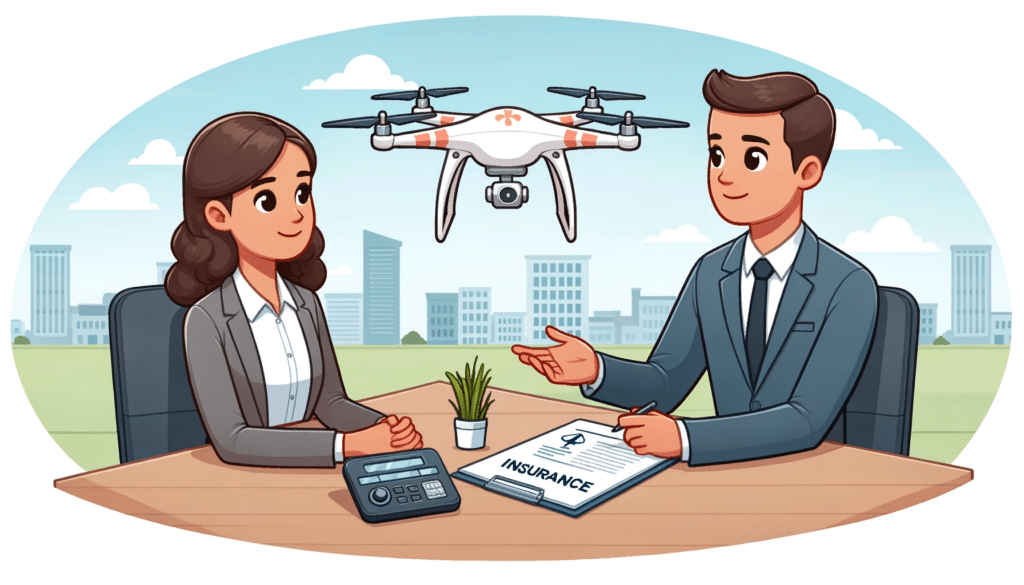
Factors to Consider When Choosing Drone Insurance
Selecting the right drone insurance requires careful consideration of several key factors. These factors will help you determine the most suitable coverage for your drone business, balancing cost, coverage, and company reputation.
Coverage Limits
It’s crucial to understand how much coverage you need. Coverage limits should adequately protect against the most significant risks your drone business faces.
Policy Inclusions and Exclusions
Every insurance policy has its inclusions and exclusions. Be sure to understand what is covered and, more importantly, what is not. This understanding will help you avoid surprises in case of a claim.
Price and Deductibles
While cost should not be the only factor, it’s important to consider. Compare the prices and deductibles of different policies to find a balance between affordable premiums and sufficient coverage.
Reputation and Reliability of Insurance Providers
Choose an insurance provider with a good reputation for handling claims efficiently and fairly. Research reviews and ask for recommendations from fellow drone operators.
Special Considerations for Different Types of Drone Operations
The type of drone operations you conduct may require specific insurance considerations. For instance, aerial photography might need different coverage compared to agricultural drone use.
Steps to Choosing the Right Insurance for Your Drone Business
Choosing the right insurance for your drone business is a multi-step process that involves thorough research and understanding of your business’s specific needs.
Assessing Your Business Needs
Evaluate the risks associated with your drone operations. Consider factors like the type of drones you use, the nature of your operations, and where you operate.
Researching and Comparing Different Insurance Providers
Gather information from various insurance providers. Look at their coverage options, prices, and customer service records. Use comparison tables to make an informed decision.
| Insurance Provider | Coverage Options | Price Range | Customer Service Rating |
|---|---|---|---|
| Provider A | Comprehensive | High | Excellent |
| Provider B | Basic | Moderate | Good |
| Provider C | Customizable | Varies | Average |
Understanding Policy Terms and Conditions
Read the fine print of each policy. Make sure you understand the terms and conditions, including any limitations or exclusions.
Seeking Professional Advice
If you’re unsure about what insurance is best for your business, consult with an insurance agent or a legal advisor who specializes in drone law.
By following these steps, you can make a well-informed decision about the best insurance policy for your drone business, ensuring comprehensive coverage tailored to your specific needs and operations.
Common Pitfalls to Avoid in Drone Insurance
Selecting the right insurance for your drone business is crucial, but it’s equally important to be aware of common pitfalls that can lead to inadequate coverage or unnecessary expenses.
Over-insuring or Under-insuring
- Over-insuring: Paying for more coverage than necessary can lead to unnecessarily high premiums.
- Under-insuring: Insufficient coverage can leave you vulnerable to significant financial losses in the event of an accident or damage.
Ignoring Policy Exclusions
- Policy exclusions: Certain scenarios or types of damage may not be covered by your policy. Ignoring these exclusions can lead to unexpected out-of-pocket expenses.
Choosing Based Solely on Price
- While it’s important to consider costs, the cheapest option is not always the best. Low-cost policies might lack essential coverage, leaving your business at risk.
Case Studies and Testimonials
Real-world examples and testimonials provide valuable insights into the practical implications of choosing the right drone insurance. These stories highlight the importance of comprehensive coverage and careful policy selection.
Case Study 1: Aerial Photography Business
- Scenario: A drone used for aerial photography crashes, causing property damage.
- Outcome: The business had comprehensive liability and hull insurance, covering the damages without significant financial impact.
- Testimonial: “Our insurance not only protected us financially but also helped maintain our reputation with our clients.”
Case Study 2: Agricultural Drone Operator
- Scenario: An agricultural drone operator faced a lawsuit due to accidental crop damage during a survey.
- Outcome: Liability insurance covered legal fees and settlements, safeguarding the business’s financial stability.
- Testimonial: “Without the right insurance, this incident could have ended our business.”
| Case Study | Scenario | Insurance Type | Outcome |
|---|---|---|---|
| Aerial Photography | Drone crash causing property damage | Liability and Hull | Damages covered, business protected |
| Agricultural Operator | Accidental crop damage | Liability | Legal fees and settlements covered |
These case studies demonstrate the tangible benefits of having the right drone insurance and underscore the potential risks of inadequate coverage. They highlight the importance of choosing a policy that aligns with the specific needs and risks of your drone business.
Comprehensive Breakdown of Top Drone Insurance Companies
When choosing insurance for your drone business, it’s essential to compare different providers to find the best fit for your needs. Here’s a comprehensive breakdown of some leading drone insurance companies:
1. Skywatch.ai
- Coverage Options: Liability coverage from $500,000 to $10 million, hull coverage for the drone and its equipment.
- Plans: Flexible options including annual, monthly, and hourly coverage.
- Unique Features: Customizable policies, SkyWatch Safety Score for safer flying incentives, mobile app for easy policy management.
- Best For: Both commercial and recreational drone insurance.
- Rates: Start at $62 per month; hourly rates available.
2. BWI Aviation
- Coverage Options: Liability up to $25 million, hull coverage, payload coverage for attached equipment.
- Plans: High coverage limits with annual plans, customizable policies.
- Unique Features: Coverage for a wide range of aviation needs, tailored policy options.
- Best For: Aviation and drone insurance with higher liability needs.
- Rates: Custom quotes available.
3. The Hartford
- Coverage Options: Customizable coverage options for drones.
- Plans: Flexible policy options with varying costs.
- Unique Features: Comprehensive coverage for businesses, tailored risk management solutions.
- Best For: Comprehensive coverage and business owners’ policies.
- Rates: Custom quotes available.
4. DroneInsurance.com
- Coverage Options: Liability up to $25 million, hull coverage, on-demand coverage by the day.
- Plans: Base plans for when the drone is grounded, and flight plans for active flying.
- Unique Features: Integration with AirMap for Drones apps, coverage for invasion of privacy lawsuits.
- Best For: Global coverage and on-demand insurance needs.
- Rates: Monthly base coverage starting at $7 for liability.
5. Verifly.com
- Coverage Options: Liability coverage starting at $1 million, primarily liability-focused.
- Plans: On-demand coverage, ranging from 1-hour to annual plans.
- Unique Features: Fast policy approval, suitable for gig economy.
- Best For: Small business coverage with flexible, short-term needs.
- Rates: Starting at $10 for $1 million coverage.
6. Avion Drone Insurance
- Coverage Options: Liability and hull coverage, including onboard components and related equipment.
- Plans: Tailored coverage with emphasis on matching operators with suitable policies.
- Unique Features: Focus on UAV professionals and enthusiasts, backed by a well-known aviation insurer.
- Best For: Those seeking specialized drone insurance backed by aviation industry expertise.
- Rates: Custom quotes available.
Each of these companies offers unique benefits, catering to different types of drone operations and coverage needs. It’s important to consider factors like coverage options, flexibility of plans, and additional features when making your choice. For more detailed information, you can visit the websites of Skywatch.ai, BWI Aviation, The Hartford, DroneInsurance.com, Verifly.com, and Avion Drone Insurance.
Blue Falcon Aerial: The Go-To Partner for Orthomosaic and LiDAR Projects
When it comes to drone insurance, it’s crucial to consider the various aspects of your drone operations, including the type of projects you undertake. For those in the fields of orthomosaic mapping and LiDAR projects, partnering with a reliable and experienced service provider is essential. Blue Falcon Aerial is a trusted industry leader in aerial photography, offering a wide range of deliverables tailored to your specific needs.
Whether you require high-resolution orthomosaic mapping or cutting-edge LiDAR data acquisition, Blue Falcon Aerial has the expertise and technology to meet your project requirements. Their comprehensive list of deliverables, available at https://www.bluefalconaerial.com/deliverables/, showcases the diverse range of services they provide, ensuring that your project is completed to the highest standards.
Having the right drone insurance coverage is just as important as partnering with the right service provider. With comprehensive drone insurance in place, you can focus on your projects with peace of mind, knowing that you’re protected against potential liabilities and risks.
In conclusion, navigating the world of drone insurance can be a complex process, but understanding the various coverage options, requirements, and factors affecting the cost of insurance will help you make the right decision for your drone business. Once you have your drone insurance in place, you can confidently pursue your aerial photography, orthomosaic mapping, and LiDAR projects with the support of Blue Falcon Aerial.
To learn more about how Blue Falcon Aerial can help you grow your drone business, we encourage you to visit https://www.bluefalconaerial.com/soaring-high-a-comprehensive-guide-to-building-and-growing-your-drone-business/. And if you’re in need of any drone services, don’t hesitate to reach out to Blue Falcon Aerial by visiting their contact page at https://www.bluefalconaerial.com/home/contact/.
